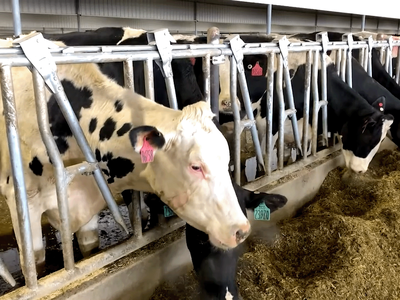Fire Blight
Oregon State University researchers have proven the effectiveness of two organic alternatives for controlling a disease that can wipe out entire apple and pear orchards. There is a probable ban coming on two antibiotics previously allowed by the National Organics Standards Board. At the end of this year's growing season, oxytetracycline and potentially streptomycin will no longer be permitted in organic orchards for fire blight, a serious bacterial disease that can kill trees. Scientists found that spraying a yeast-based product and new water-soluble copper products at the beginning of the growing season provided protection from the bacterial disease.Spread by bees and rain, fire blight remains dormant in trees over winter and infects flowers in spring. Once infected, growers can only stop the disease by cutting out infections, which can prove fatal.
"In some cases, fire blight can kill a whole orchard in a short period of time," said OSU plant pathologist Ken Johnson. Organic pome fruit growers are encouraged to test new approaches this year before antibiotics are no longer available as backup choices, added Johnson. In OSU trials, researchers tested the commercially available Blossom Protect, a yeast that clings to apple blossoms and pears and prevents colonization by fire blight bacteria.















